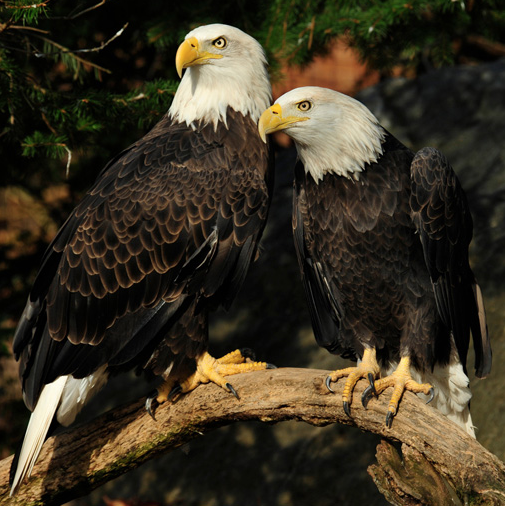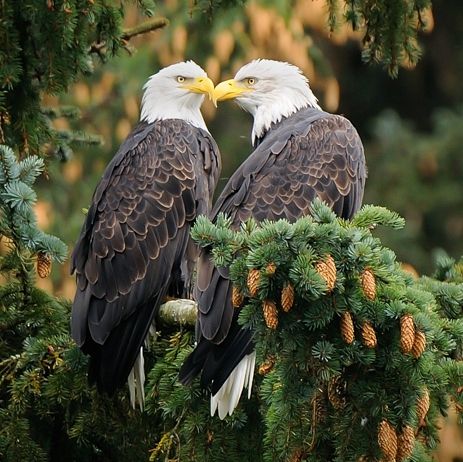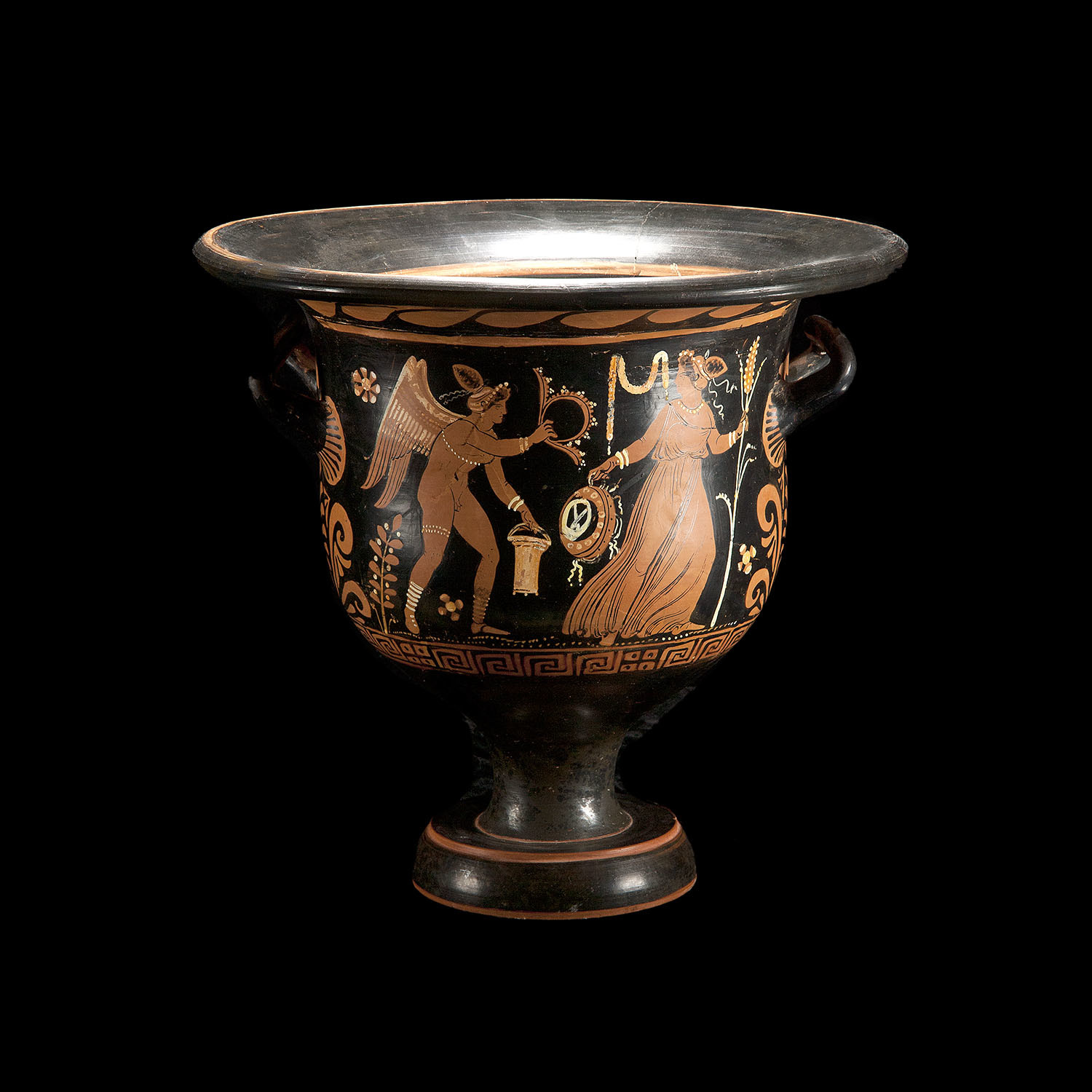- Thread starter
- #501
English
The ancient Mesopotamians believed that their deities lived in Heaven but that a god’s statue was a physical embodiment of the god himself. As such, cult statues were given constant care and attention and a set of priests were assigned to tend to them. These priests would clothe the statues and place feasts before them so they could “eat”. A deity’s temple was believed to be that deity’s literal place of residence. The gods had boats, full-sized barges which were normally stored inside their temples and were used to transport their cult statues along waterways during various religious festivals. The gods also had chariots, which were used for transporting their cult statues by land. Sometimes a deity’s cult statue would be transported to the location of a battle so that the deity could watch the battle unfold. The major deities of the Mesopotamian pantheon were believed to participate in the “assembly of the gods”, through which the gods made all their decisions. This assembly was seen as a divine counterpart to the semi-democratic legislative system that existed during the third Dynasty of Ur (c. 2112 BC - c. 2004 BC).
- Cult statues: does it remind you of something?
- The “assembly of the gods”: does it remind you of something?
- Except that in the Bible we are told about “the sons of God came to present themselves before Yah.weh (Job 1:6)!
- The demons modified the facts at their advantage!
- They were the sons of God, not gods!
The ancient Mesopotamians believed that their deities lived in Heaven but that a god’s statue was a physical embodiment of the god himself. As such, cult statues were given constant care and attention and a set of priests were assigned to tend to them. These priests would clothe the statues and place feasts before them so they could “eat”. A deity’s temple was believed to be that deity’s literal place of residence. The gods had boats, full-sized barges which were normally stored inside their temples and were used to transport their cult statues along waterways during various religious festivals. The gods also had chariots, which were used for transporting their cult statues by land. Sometimes a deity’s cult statue would be transported to the location of a battle so that the deity could watch the battle unfold. The major deities of the Mesopotamian pantheon were believed to participate in the “assembly of the gods”, through which the gods made all their decisions. This assembly was seen as a divine counterpart to the semi-democratic legislative system that existed during the third Dynasty of Ur (c. 2112 BC - c. 2004 BC).
- Cult statues: does it remind you of something?
- The “assembly of the gods”: does it remind you of something?
- Except that in the Bible we are told about “the sons of God came to present themselves before Yah.weh (Job 1:6)!
- The demons modified the facts at their advantage!
- They were the sons of God, not gods!





